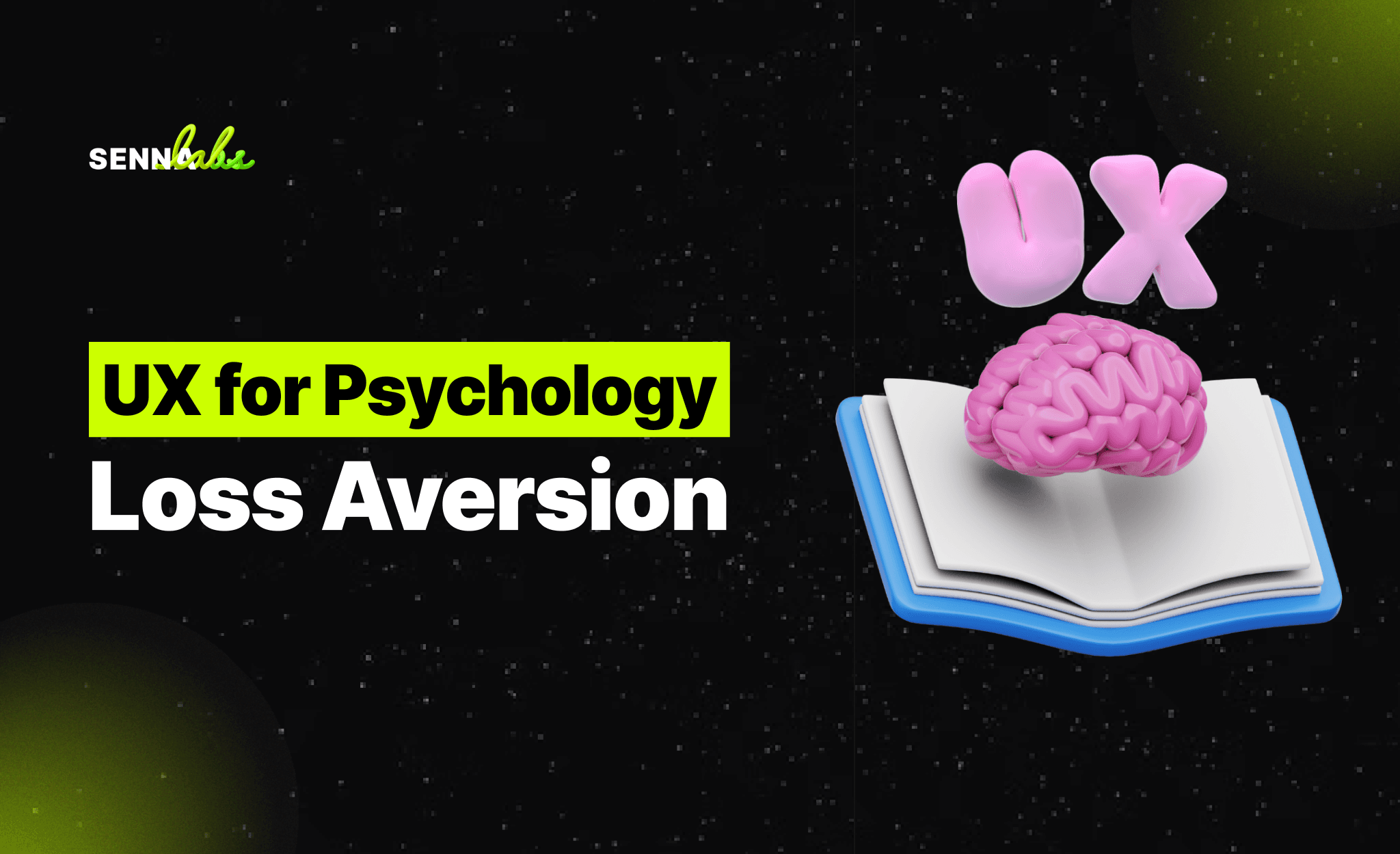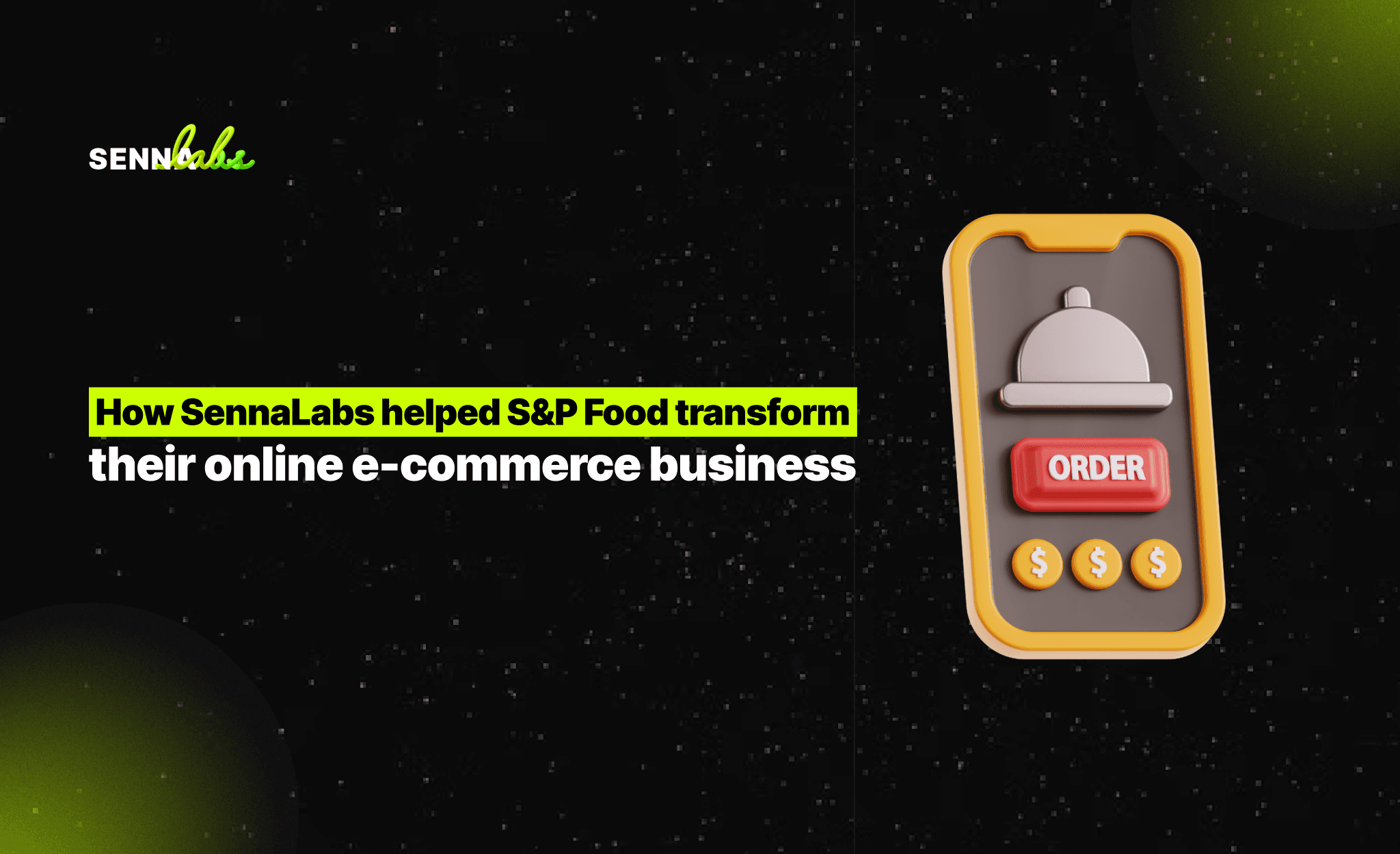Creating Seamless Onboarding Experiences in Mobile App UX
Share

The onboarding process is one of the most critical stages in a mobile app user’s journey. It’s the first impression users get of the app, and it plays a vital role in determining whether they will continue using the app or abandon it altogether. A well-designed onboarding experience simplifies the learning curve, helps users understand the app’s value, and guides them through its features in a way that feels engaging and intuitive.
Without effective onboarding, users may feel overwhelmed or confused, leading to high drop-off rates, especially within the first week. In this article, we will explore best practices for creating seamless onboarding experiences in mobile app UX. We will also take a look at a real-world use case where a productivity app revamped its onboarding process using progressive tutorials and interactive guides, significantly reducing drop-off rates.

Why Onboarding Matters for User Retention
Onboarding is more than just an introduction to an app’s features—it's about creating a welcoming and engaging experience that quickly communicates value to users. When users download a new app, they typically want to start using it right away, but many apps have functionalities that require some level of guidance to fully grasp.
If the onboarding process is too complicated or overwhelming, users are likely to abandon the app early on. On the other hand, a seamless onboarding flow can:
-
Reduce user frustration: By providing clear instructions and guiding users through key tasks, onboarding prevents users from feeling lost or confused.
-
Increase user engagement: When users understand how to use the app effectively, they are more likely to engage with its features and return regularly.
-
Improve retention: Users who have a smooth onboarding experience are more likely to stick around, leading to higher retention rates over time.
Key Elements of a Seamless Mobile Onboarding Experience
Creating an effective onboarding experience requires a deep understanding of the user’s needs, goals, and potential pain points. Here are several key elements that can make onboarding more seamless and user-friendly:
1. Progressive Disclosure: Introducing Features Gradually
One of the most effective strategies for onboarding is progressive disclosure, which involves gradually introducing app features as the user becomes familiar with the interface. Rather than overwhelming new users with all of the app’s capabilities at once, progressive disclosure focuses on teaching them the basics first, then revealing more advanced features over time as they gain confidence.
Benefits of Progressive Disclosure:
-
Simplifies the learning curve: By breaking down the app into bite-sized pieces, users can learn at their own pace without feeling overloaded.
-
Reduces cognitive load: New users don’t have to remember every detail about how the app works from the start, making the experience feel more intuitive.
-
Keeps users engaged: Users are more likely to stay engaged if they feel like they are gradually discovering the app’s full potential over time.
Best Practice: Focus on teaching one key feature at a time during onboarding. For example, in a task management app, the initial onboarding might guide users through creating their first task. Later, they can be introduced to more advanced features like setting deadlines, prioritizing tasks, or integrating with other tools.
2. Interactive Tutorials and Personalized Walkthroughs
Interactive tutorials are another effective onboarding tool. Instead of static instructions or pop-up messages, interactive tutorials allow users to engage with the app in real-time. By walking users through key actions—such as adding items to a shopping cart, composing a message, or setting up a profile—interactive tutorials help users learn by doing.
Benefits of Interactive Tutorials:
-
Hands-on learning: Users can practice using key features directly within the app, reinforcing their understanding of how things work.
-
Active engagement: Interactive tutorials keep users engaged, as they’re actively participating in the learning process rather than passively reading instructions.
-
Immediate value: Users can see the app’s value right away, as they accomplish tasks during the onboarding process.
Best Practice: Personalize the tutorial experience based on the user’s needs and goals. For example, in a fitness app, the onboarding process might ask users about their fitness goals (e.g., weight loss, muscle building) and then customize the tutorial to show features relevant to those goals.
3. Gamified Onboarding: Making the Process Fun
Gamification is a powerful tool for onboarding because it makes learning the app feel less like a chore and more like a game. By incorporating elements such as progress bars, rewards, or achievements, apps can motivate users to complete the onboarding process while making it enjoyable.
Examples of Gamified Onboarding Elements:
-
Progress Bars: Show users how far they’ve come in the onboarding process and what’s left to complete. This creates a sense of accomplishment and encourages them to keep going.
-
Badges or Rewards: Offer virtual rewards, such as badges or points, for completing key onboarding tasks. For example, in a language-learning app, users might earn points for completing their first lesson.
-
Challenges: Introduce onboarding as a series of challenges or missions that users can complete. This not only makes the process fun but also provides clear goals for users to achieve.
Best Practice: Ensure that gamified elements align with the overall goals of onboarding. For example, if the goal is to familiarize users with key features, rewards should be tied to completing tasks that help them learn how to use those features effectively.
4. Personalized Onboarding Based on User Preferences
Not all users are the same, and a one-size-fits-all onboarding process may not work for everyone. By gathering basic information from users during onboarding—such as their preferences, goals, or usage habits—apps can personalize the onboarding flow to make it more relevant to each user.
Benefits of Personalized Onboarding:
-
Increased relevance: Users are more likely to stay engaged if the onboarding process focuses on features that are important to them.
-
Reduced frustration: Users don’t have to go through steps or features that aren’t relevant to their needs, making the process more efficient.
-
Better user retention: When onboarding feels personalized and relevant, users are more likely to continue using the app beyond the first session.
Best Practice: Ask users a few simple questions at the start of the onboarding process to tailor the experience to their needs. For example, an e-commerce app might ask users about their shopping preferences (e.g., clothing, electronics) and then showcase relevant features, such as personalized product recommendations or favorite categories.
5. Clear Call-to-Action and Next Steps
A common mistake in onboarding is failing to guide users on what to do next. Once users complete the initial onboarding steps, it’s important to direct them toward actions that keep them engaged with the app, such as completing their profile, exploring features, or setting up notifications.
Best Practice: Provide clear, actionable steps at the end of onboarding to encourage continued engagement. For example, in a music streaming app, once users finish onboarding, they might be prompted to create their first playlist or follow their favorite artists.
Real-World Use Case: A Productivity App Revamps Its Onboarding Process
Let’s look at a real-world use case where a productivity app redesigned its onboarding experience to better engage new users.
The Challenge
The productivity app initially struggled with high drop-off rates during the first week of use. New users found the onboarding process overwhelming, as it introduced too many features at once without clear guidance. As a result, users were unsure how to navigate the app and were abandoning it before completing key tasks.
The Solution: Progressive Tutorials and Interactive Walkthroughs
To improve the onboarding experience and reduce drop-off rates, the design team made several key changes:
-
Progressive Disclosure: Instead of introducing all of the app’s features at once, the team focused on teaching one feature at a time. Users were first guided through creating a task, and only after completing this action were they introduced to additional features, such as setting deadlines or organizing tasks into projects.
-
Interactive Walkthroughs: The app introduced interactive tutorials that allowed users to perform actions directly within the app, such as setting reminders or using drag-and-drop to organize tasks. This hands-on approach made the learning process feel more intuitive.
-
Gamification: A progress bar was added to the onboarding process, showing users how many steps they had completed and encouraging them to finish the tutorial. Users were also rewarded with badges for completing key onboarding tasks, such as setting up their first project.
-
Personalization: At the start of onboarding, the app asked users about their productivity goals (e.g., managing work tasks, organizing personal projects). Based on their responses, the onboarding process was customized to show relevant features, helping users get the most out of the app from the start.
The Results
After implementing the new onboarding process, the productivity app saw significant improvements:
-
Reduced Drop-Off Rates: Drop-off rates during the first week of use decreased by 40%, as users felt more confident navigating the app and completing tasks.
-
Higher User Engagement: The interactive tutorials and personalized walkthroughs kept users engaged throughout the onboarding process, leading to higher rates of task completion and feature exploration.
-
Increased Retention: The app experienced higher retention rates, as users who completed the onboarding process were more likely to continue using the app in subsequent weeks.
Conclusion
Onboarding is one of the most important factors in determining whether new users will stick with your mobile app or abandon it after the first use. By using techniques like progressive disclosure, interactive tutorials, gamification, and personalization, you can create a seamless onboarding experience that helps users quickly understand your app’s value and feel confident using it.
As demonstrated by the productivity app in our use case, a well-designed onboarding process can significantly reduce drop-off rates, increase user engagement, and improve long-term retention. For any mobile app, investing in a thoughtful, user-centered onboarding experience is key to building a loyal and active user base.

Share

Keep me postedto follow product news, latest in technology, solutions, and updates
Related articles
Explore all


